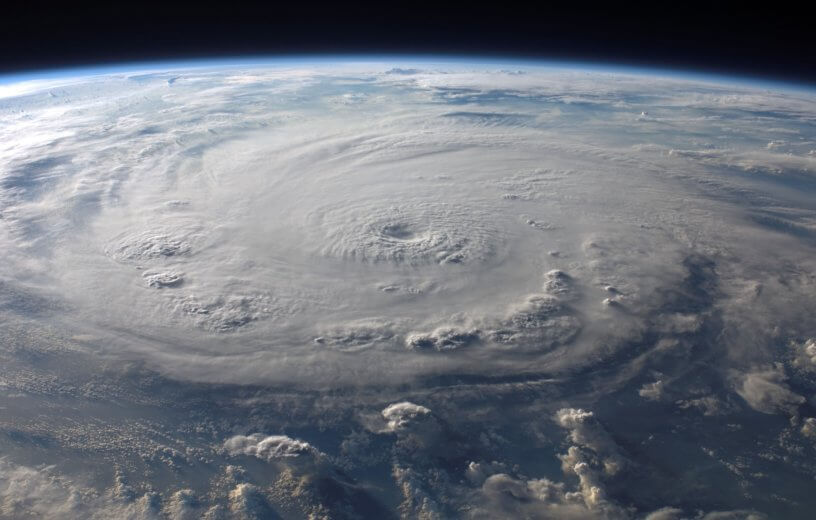MADISON, Wisc. — Is climate change leading to more destructive weather events? According to a recent study out of the University of Wisconsin, many hurricanes are traveling at slower speeds than ever before, hanging over land for longer periods of time and causing more devastation. Researchers say that increasing global temperatures are contributing to this.
Hurricanes are often measured and the destruction they cause predicted by their wind speed and overall intensity, but their destructive power has as much to do with their translational speed — how fast the storm moves along its track — as wind speed.
For the study, researchers, led by James Kossin, of the UW-Madison and the National Oceanic and Atmospheric Administration’s (NOAA) Center for Weather and Climate, assessed hurricane track intensity from the NOAA between 1949 and 2016. They found that translational speed of storms decreased by 10 percent on average during the study period.
“Just a 10 percent slowdown in hurricane translational speed can double the increase in rainfall totals caused by one degree Celsius of global warming,” Kossin says in a statement.
One infamous and recent example of a hurricane in the U.S. causing more damage because of slow track speeds is Hurricane Harvey in 2017. Instead of dissipating over land after slamming eastern Texas with record rainfalls, the storm slowed and lingered, causing widespread flooding and chaos.
Researchers say the effect seems to be stronger in some areas of the globe over others. The Western North Pacific Region, which includes portions of Southeast Asia, has seen the greatest slowdown at 20 percent. Closer to home, Kossin calculated a 6 percent slowdown in the North Atlantic region, which includes the United States.
But those calculations include translational speed over oceans and land. When just looking at hurricane speeds over land, the authors found that slowdown rates were much worse. In the North Atlantic, storm speeds have dropped up to 20 percent, while those in the Western North Pacific have slowed by as much as 30 percent.
Kossin says the dramatic dip in translational speed can be pinned, at least partly, on rising global temperatures attributed to humans. That’s because a hurricane’s track is influence by “environmental steering winds” that push them along their paths. When global temperatures rise, these so-called steering winds lose muscle, and the storm move more slowly. Kossin says that warmer atmospheres also hold more water vapor, which could boost rainfall amounts from a storm.
“The rainfalls associated with the ‘stall’ of 2017’s Hurricane Harvey in the Houston, Texas, area provided a dramatic example of the relationship between regional rainfall amounts and hurricane translation speeds,” says Kossin. “In addition to other factors affecting hurricanes, like intensification and poleward migration, these slowdowns are likely to make future storms more dangerous and costly.”
The study was published in the journal Nature.
